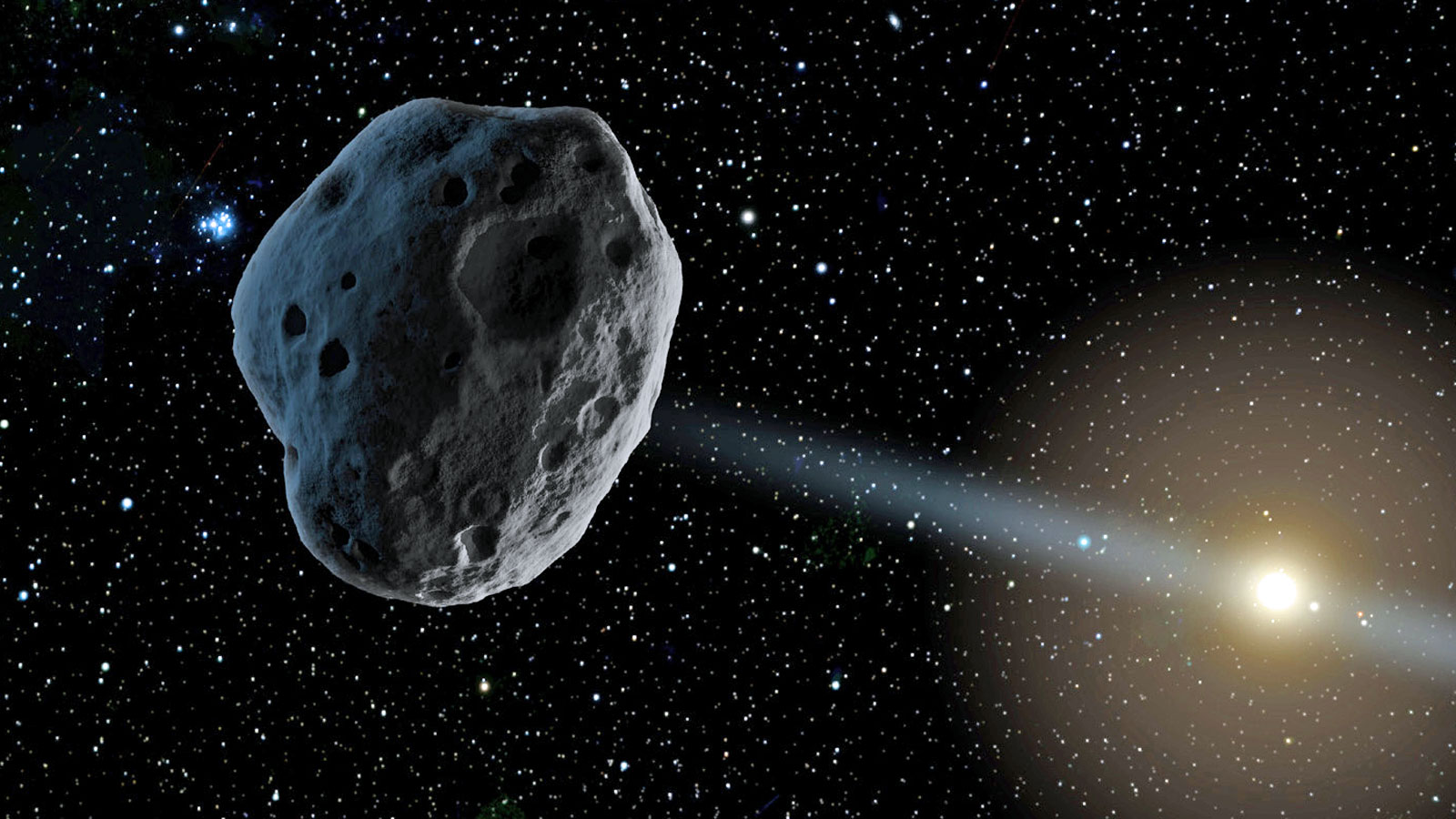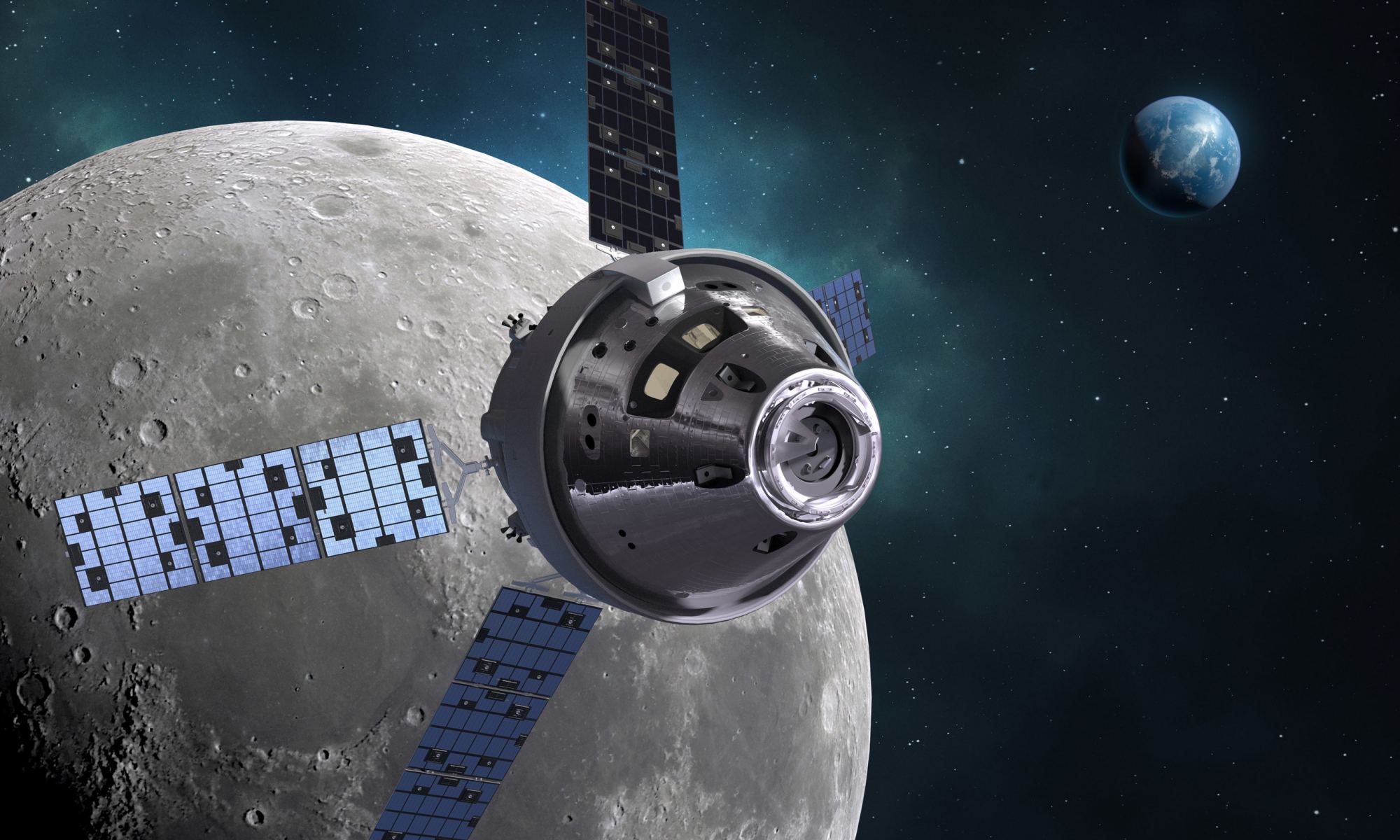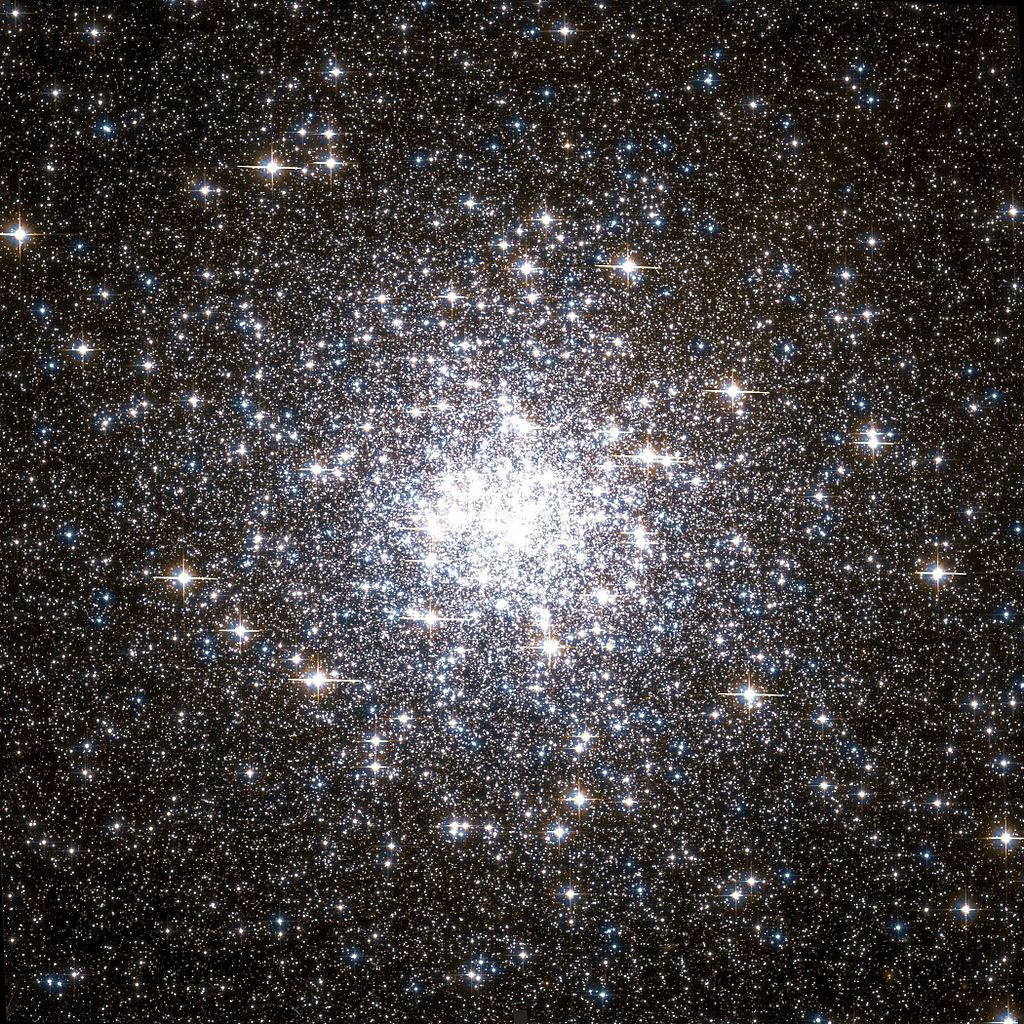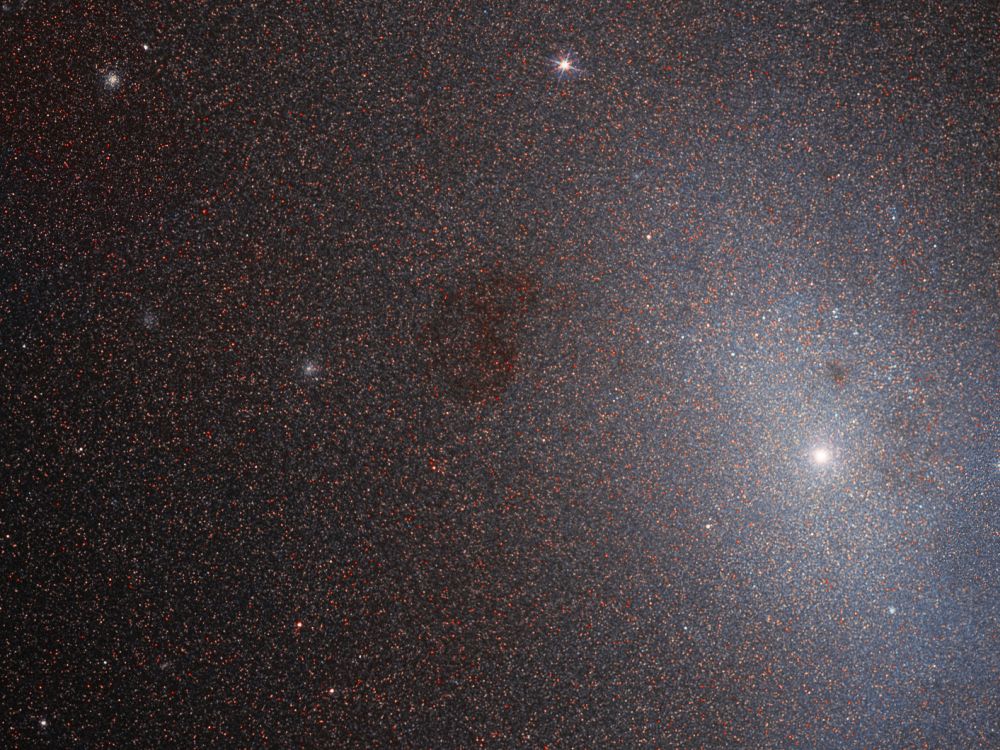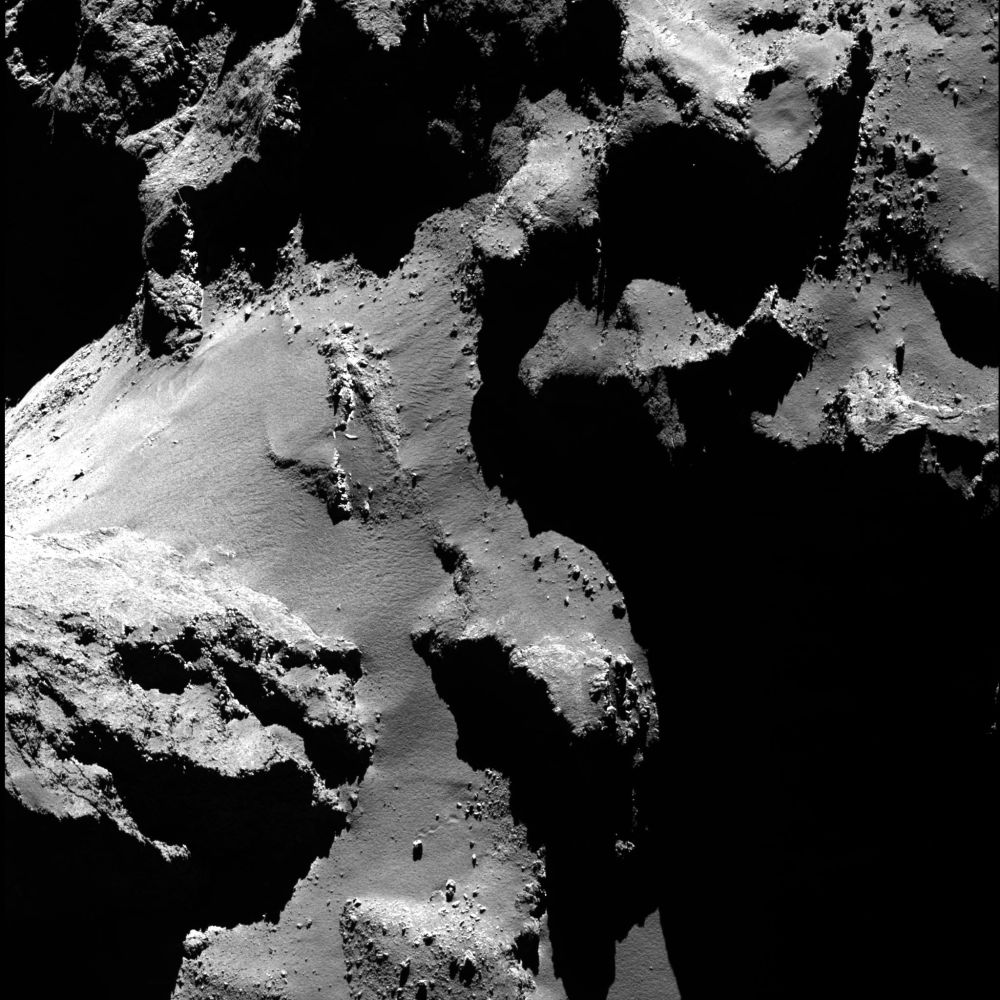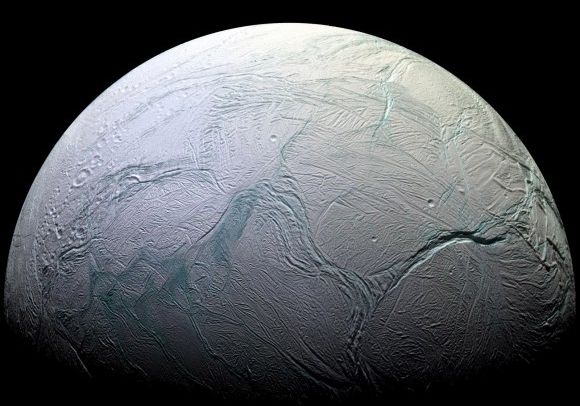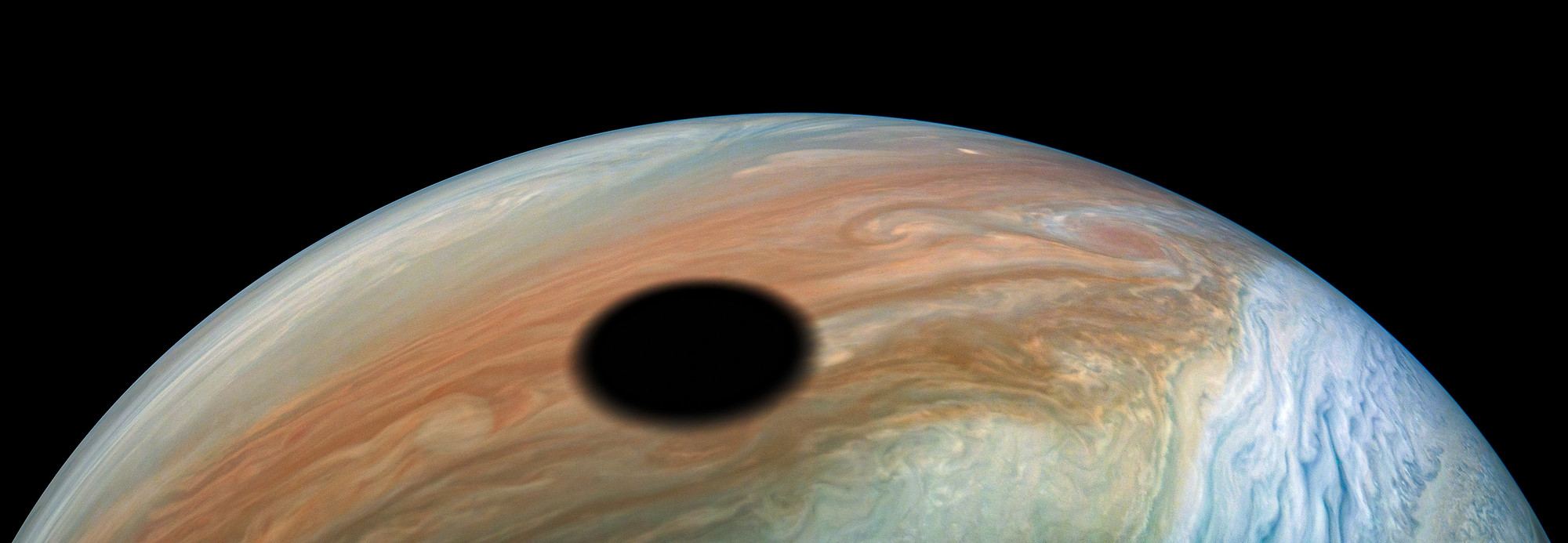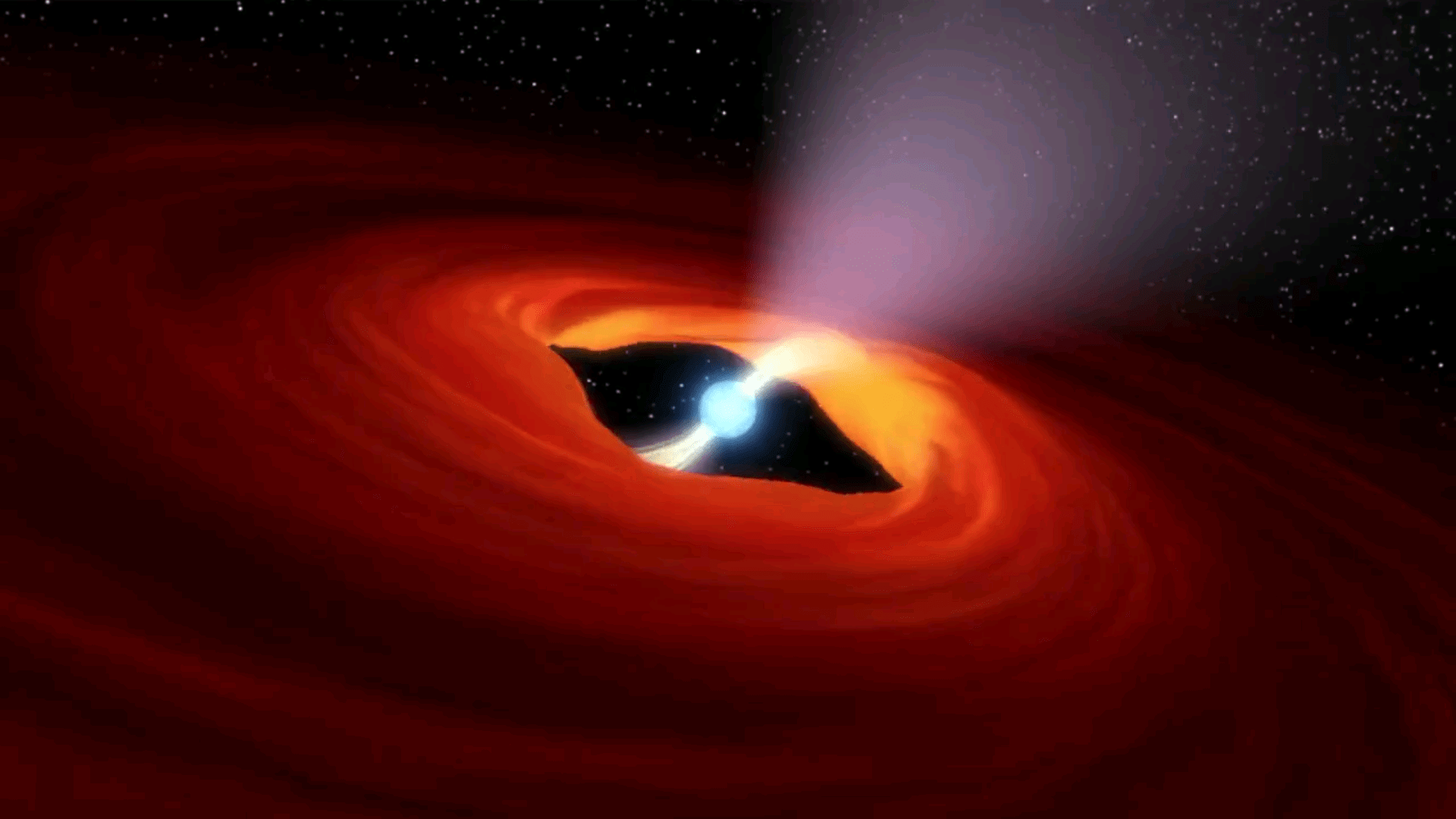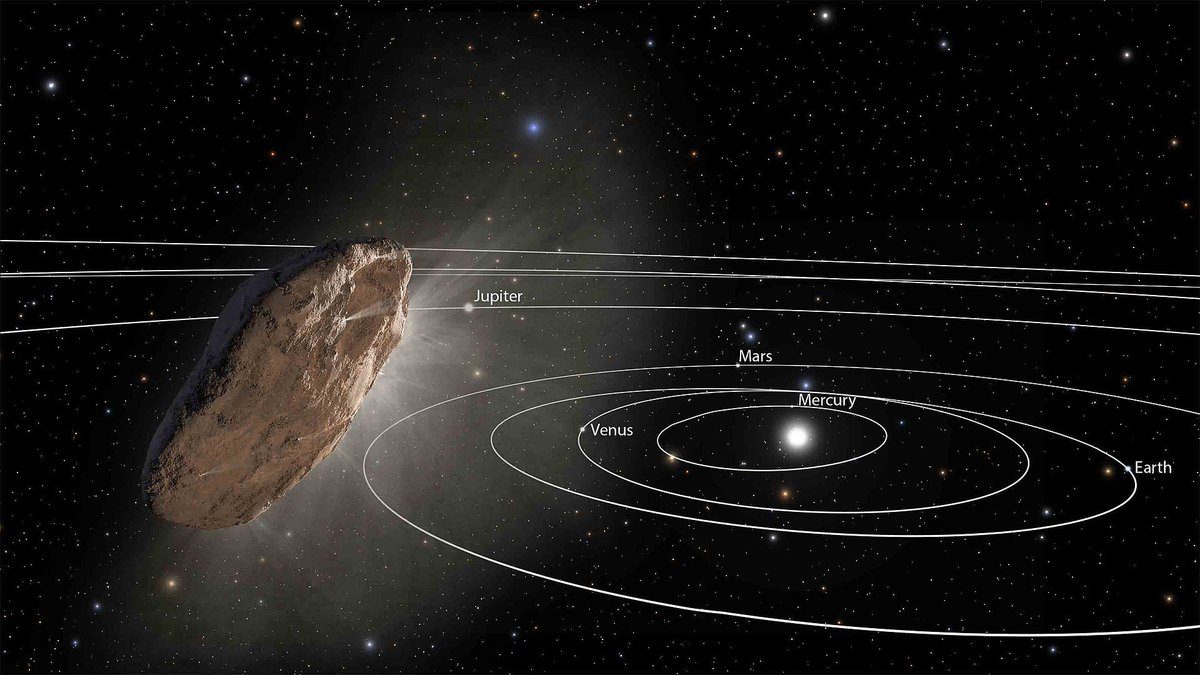Last July, a once-in-a-lifetime event happened. Not the good kind; the football-field-sized-asteroid near-miss kind. And that near miss is the catalyst for a renewed effort from NASA to detect more dangerous space-rocks that might threaten Earth.
Last summer’s near-miss asteroid was named 2019 OK, and it passed within about 77,000 km (48,000 miles) of Earth. It managed to slip past all of our detection methods and came within 0.19 lunar distances to Earth. In astronomical terms, that is remarkably close.
We only had 24 hours notice that the asteroid was coming, thanks to a small telescope in Brazil that spotted it. That near miss has sparked a renewed conversation on planetary defense and on NASA’s role in it.
It also left people wondering how this could happen.
Continue reading “This Summer’s Asteroid Near-Miss Helped Greenlight NASA’s NEOCam Mission to Search the Skies for Killer Spacerocks”
